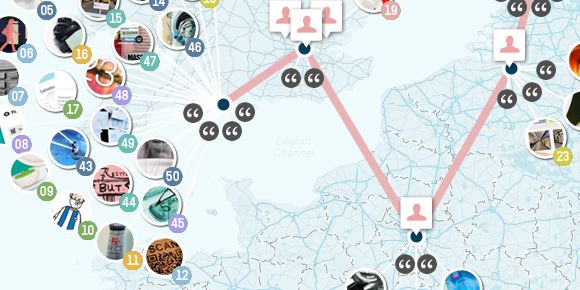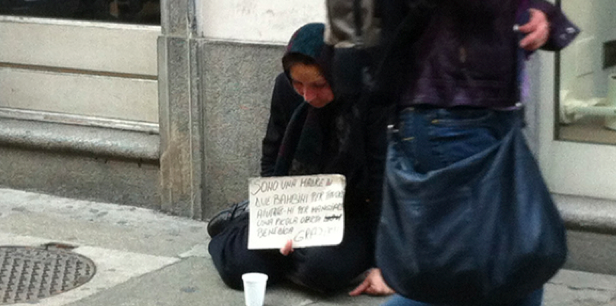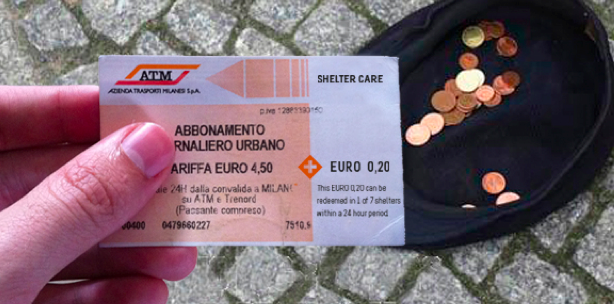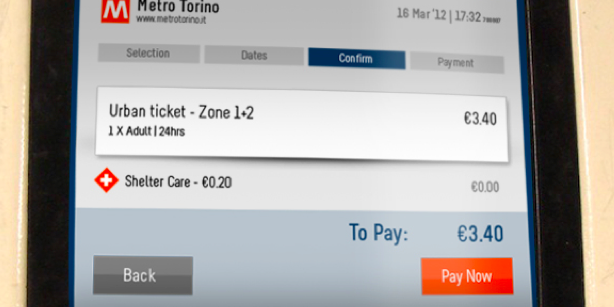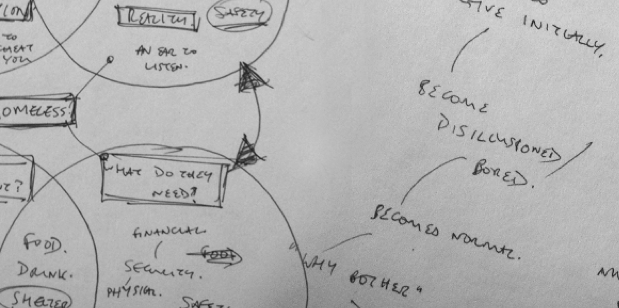My name is Peter Smart and I recently travelled 2517 miles to try and solve 50 problems in 50 days using design. This journey would take me from the bustling streets on London to the cobbled lanes of Turin to test the limits of design’s ability to solve social problems – big and small.
The rules were simple: travelling Europe, on my own shoestring budget, each day I had 24 hours to find, solve and communicate the solution to a problem I had observed that day.
Each day was an immense exercise in design thinking. Some days my solutions were OK, some days I failed, some days the solutions were great. However, the objective was not to succeed everyday, but to get up and try again, even when I had failed the day before.
The adventure taught me an unbelievable amount about design’s power to solve problems and my own capacities as a designer. Importantly, it honed my ability to think through and tackle problems rapidly.
I developed a raft of skills to help me do so. However, a tool that consistently allowed me to process my thoughts and innovate was mind mapping.
Day 42: Homelessness
It was day 42 of my adventure and I was in Turin. Leaving my grimy hostel where breakfast consisted of two stale bread rolls and some dry cereal, I was pleased to get outside.
It’s hard to ignore the homelessness in Turin. As I walked the streets, beggars, often female, would walk up to me. Taking me gently by the sleeves of my coat, they timidly asked for lose change.
In that moment I was faced with a very human dilemma. On the one hand I wanted to be compassionate to my fellow man and offer some money. On the other, I was concerned the money would be used irresponsibly. In the end, I did not give. Instead, I just kept on walking.
This conflict challenged me. So, perhaps in a moment of naivety, I decided to make this my problem to tackle for the day. My challenge:
How can design help provide an intervention to homelessness in Turin?
Having started my own design consultancy at the age of 15 and now consulting as a UX lead, I had a number of ideas on how I was going to start tackling this problem (although I was perhaps unaware of its enormity). I observed, I watched people interact with beggars as they were approached, I interviewed, I sat with the homeless, I drew up perceptions of homelessness vs. the reality – all in the attempt to gain an insight that would lead me to a solution.
Before I knew it, it was 8pm…and I had absolutely nothing.
It was getting dark. I was getting cold. And hungry. I slumped down by the metro station, contemplating giving up and getting on the train back to my hostel. I kicked myself for choosing such a massive problem to try and solve. Then, suddenly, I looked up. Commuters were coming up the step from the underground station. As each got the street level, they threw their journey tickets into the bin and walked on.
This was my eureka moment.
With a flash of inspiration, I realised that, instead of being thrown away, commuter’s Metro tickets could be repurposed.
The Solution: Repurposed Metro tickets
I redesigned Turin’s Metro ticketing system to allow a small donation of EUR 0,20 to be added to each commuter’s ticket. Then, rather than throwing away their ticket at the end of the journey, a commuter could give it to someone who was homeless. This small donation could then be used towards a stay in one of Turin’s seven shelters within a 24-hour period.
This solution allows people to be compassionate, while also ensuring their donation will be used responsibly. This was an outcome that had come to me in a moment of inspiration – or so I thought.
How I Really Got There
Getting back to my hostel, I dumped my bags and collapsed onto my bed. I had been working for 16 hours straight and I was exhausted. Unpacking, I picked up the notebook I had been jotting in all day. As I read back through my day’s work, I noticed something amazing.
As I had sat outside that Metro station, about to give up, I had seemingly experienced a moment of inspiration and I envisaged an innovative solution to a complex problem. However, as I read, I realised that I had been thinking on each piece of this puzzle throughout the entire day.
During the day I had been mapping. I had been scribbling down each concept and insight as they had occurred. This had allowed me to draw associations between ideas and, unwittingly, come to my solution.
Time and again my mind maps mentioning commuters, travelling, safe currency and repurposing – none of which I had connected. However, each concept was there, waiting for me to unite them.
Mind mapping had allowed my brain to do something cool. It had allowed me to organise disconnected concept and insights, let me brain ruminate and then, in one light bulb moment, bring them together.
Mapping for Innovation
Throughout my adventure, mind mapping was a tool that allowed me to draw interesting connections and develop innovative solutions. The ease and simplicity of this tool allowed me to do so far more quickly than more formal methods of documentation.
The lesson I learnt: map your thinking at every opportunity. You never know when simple observations might lead to a ‘eureka’ moment.
To see how I used mapping and numerous other tools to try and solve everything from congestion on the underground in London (day 19), getting lost in Antwerp (day 23) or communication problems in Amsterdam (day 29), visit the 50 problems in 50 days website.

